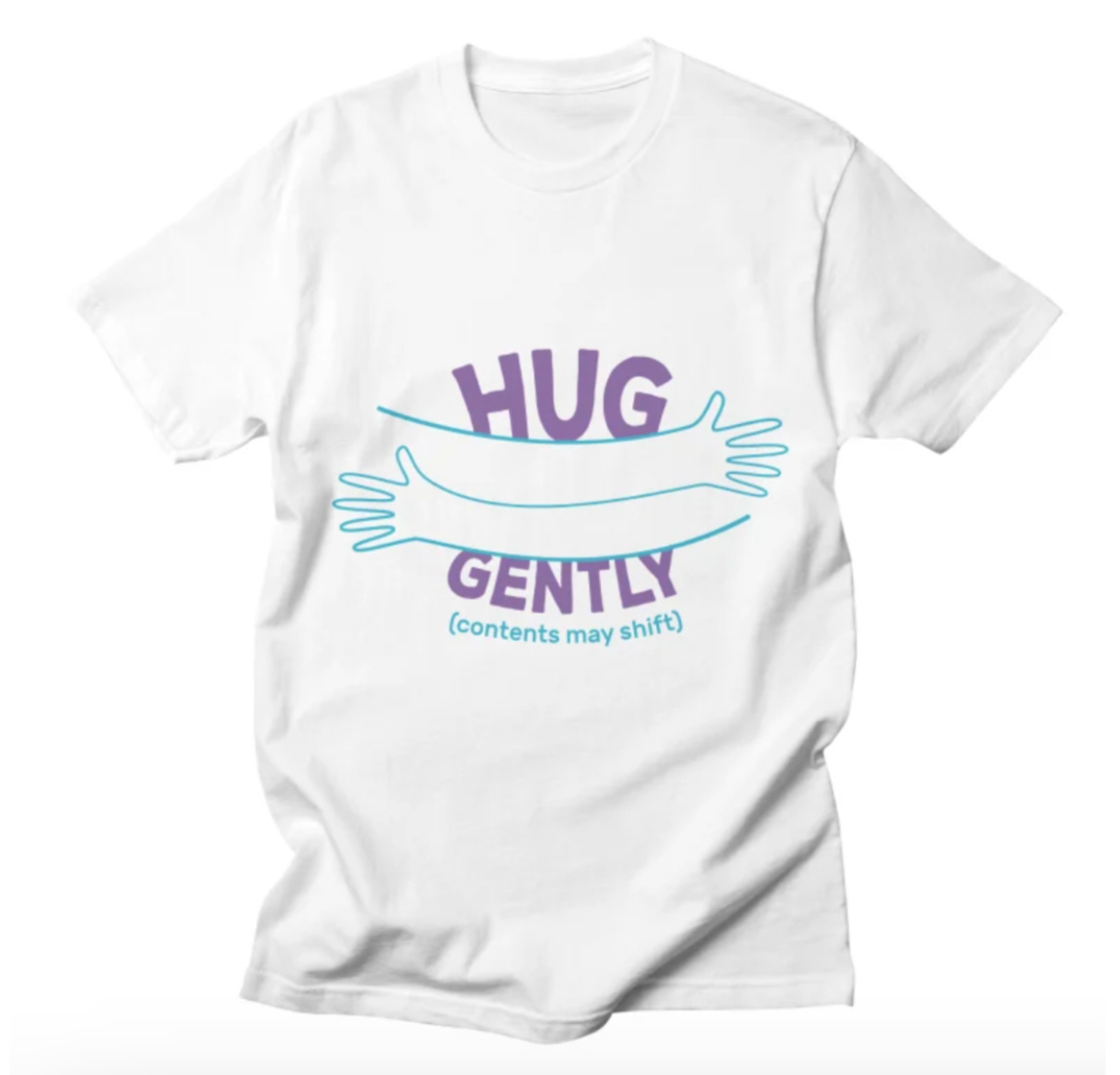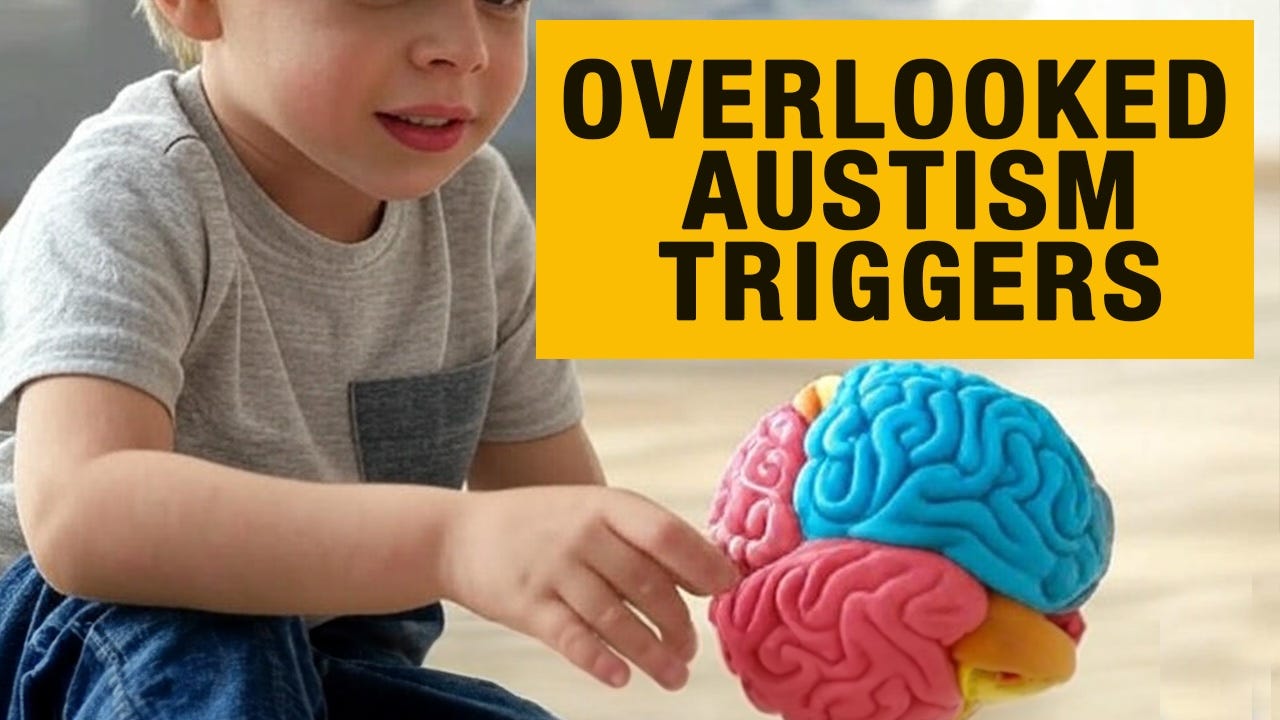As a physician working with patients who live with complex conditions like Ehlers-Danlos Syndromes (EDS), Hypermobility Spectrum Disorders (HSD), Mast Cell Activation Syndrome (MCAS), Postural Orthostatic Tachycardia Syndrome (POTS), and ME/CFS, I’m often asked: “What medications do you recommend most often?”
The answer is never simple - and I always start with lifestyle, nutrition, movement, and emotional well-being first - but there are a few medications I find myself reaching for time and time again. So, I thought I’d do a short series highlighting a few of my favorites.
First up? Low Dose Naltrexone (LDN) - a medication that is inexpensive, generally well tolerated, and potentially life-changing for some patients with chronic pain and immune dysregulation.
In this edition of our newsletter, we’ll explore:
What LDN is and how it works
The science behind its use in chronic pain and inflammation
Why it may be helpful for EDS, HSD, MCAS, POTS, and ME/CFS
Dosing, side effects, and practical considerations
Patient experiences and current research
Together We Thrive Summit | June 28–30, 2025 | Washington, D.C.
Targeting Complexity: Integrative Clinical Pathways for Connective Tissue Disorders with Dr. Linda Bluestein
Join us for half-day wellness seminars, fun family activities, and meetings with your Congressional representatives to advocate for patients living with chronic illness. Empower yourself and speak on behalf of patients and caregivers around the country! In addition to the other excellent speakers listed, I’ll be diving into the complex world of chronic illness and sharing integrative clinical pathways that actually make a difference.
🎟 Tickets on sale now - hope to see you there!
What Is Low Dose Naltrexone?
Naltrexone is traditionally known as a medication used in high doses (50–100 mg/day) to treat opioid and alcohol dependence by blocking opioid receptors. But at much lower doses (typically 0.5 to 6 mg), it behaves very differently - and that’s where the potential for chronic illness lies.
Low Dose Naltrexone (LDN) works primarily by:
Temporarily blocking opioid receptors, which paradoxically leads to an increase in the body’s production of endorphins (natural painkillers and immune modulators)
Modulating the immune system, particularly by inhibiting the activity of microglia - inflammatory cells in the brain and spinal cord that are implicated in pain, fatigue, and cognitive dysfunction
These mechanisms make LDN a compelling candidate for conditions that involve central sensitization, neuroinflammation, and immune dysregulation - all of which are increasingly recognized as core features of EDS, HSD, ME/CFS, and related disorders.
Why I Prescribe It
For patients with EDS, HSD, MCAS, POTS, and ME/CFS, pain is often widespread, complex, and frustrating to manage. LDN isn’t a cure, but in the right person, it can offer:
Reduced musculoskeletal and neuropathic pain
Improved sleep quality and less post-exertional malaise
Greater emotional resilience and autonomic balance
Mast cell stabilization and improved tolerance of triggers
Modulation of the immune system in patients with chronic inflammation
LDN isn’t for everyone, but when it works - it really works.
What the Research Shows
While LDN is still considered an off-label treatment for many of these conditions, the science is growing. Some early findings:
A 2013 Stanford study showed significant pain reduction in fibromyalgia patients using LDN.
A 2016 review noted its anti-inflammatory effects through TLR-4 inhibition - particularly relevant in MCAS and neuroinflammation.
New trials are investigating its role in Long COVID, which shares mechanisms with ME/CFS and POTS.
In my clinical experience, LDN can be a helpful part of a multimodal strategy - not a magic bullet, but a meaningful tool.
Dosing, Side Effects & Practical Tips
LDN must be compounded by a pharmacy, as standard doses are too high. I always recommend:
Start low: Some patients begin with just 0.1 mg, especially those with MCAS.
Go slow: Increase gradually, typically up to 3–6 mg, as tolerated.
Track effects: Side effects (like vivid dreams or headaches) usually subside.
Because patients with hypermobility-related disorders often have altered drug metabolism or heightened sensitivity, individualized dosing is key.
A 2024 observational study by Marcus et al. examined the effective dosing range of low-dose naltrexone (LDN) in patients with chronic musculoskeletal pain. The study found that the optimal dose varied significantly among individuals, ranging from 0.1 mg to 6.0 mg per day. This variability underscores the idiosyncratic nature of LDN dosing, suggesting that a personalized titration approach is essential to determine the maximally effective dose for each patient. The authors recommend initiating treatment at a low dose and gradually increasing it, monitoring for improvements in pain, mood, energy, and mental clarity to identify the optimal therapeutic dose. (The Ehlers Danlos Society, PubMed)
Side effects may be due to excipients or the “inactive" ingredients in medications like the capsule and fillers rather than the active drug (i.e.; naltrexone). Most compounding pharmacies can provide different formulations in order to obtain more optimal results. Check out this episode of the Bendy Bodies podcast for more information on excipients.
Integrating LDN Using the MENS PMMS Framework
I rarely prescribe medications in isolation. Instead, I integrate them into my MENS PMMS framework, which guides my approach to treating symptomatic joint hypermobility. It stands for:
Movement
Education
Nutrition
Sleep
Psychosocial support
Modalities
Medications
Supplements
This model allows us to treat the whole person, not just symptoms. LDN falls under Medications, but its effects ripple outward - often improving sleep, movement tolerance, and emotional well-being, which in turn reduce pain and flare frequency.
(If you’d like a deeper dive into this framework, check out my article: “Hope for Hypermobility – an Integrative Approach to Treatment.”)
Low Dose Naltrexone (LDN): A Versatile Off-Label Treatment
Low Dose Naltrexone (LDN) is frequently used off-label for a wide range of chronic illnesses, especially those involving autoimmunity, inflammation, central sensitization, and neuroimmune dysfunction. Although not FDA-approved for these indications, many patients and integrative or functional medicine practitioners report significant benefits.
LDN is commonly used or studied in several categories of conditions:
Neurological and Pain Disorders: Fibromyalgia, complex regional pain syndrome, multiple sclerosis, migraine, and others.
Autoimmune Diseases: Hashimoto’s thyroiditis, rheumatoid arthritis, systemic lupus erythematosus, psoriasis, and more.
Chronic Inflammatory Conditions: ME/CFS, Long COVID, mast cell activation syndrome, interstitial cystitis, and pelvic pain syndromes.
Mental Health and Neuropsychiatric Conditions: Depression, PTSD, anxiety disorders, and autism spectrum disorders with autoimmune or GI symptoms.
Gastrointestinal and Metabolic Conditions: IBS, SIBO, celiac disease, nonalcoholic fatty liver disease, and diabetes.
Oncology: Used adjunctively in breast, colorectal, pancreatic cancers, and glioblastoma to improve immune surveillance and potentially reduce side effects.
Mechanistically, LDN works by temporarily blocking opioid receptors, leading to a rebound increase in endorphins. It also inhibits Toll-Like Receptor 4 (TLR4), reducing glial activation and neuroinflammation, and modulates immune function to promote balance without causing full immunosuppression.
Up Next in This Series
In upcoming issues, I’ll share two other medications I prescribe often and why. Curious what they are? Make sure to subscribe so you never miss an edition of The Bendy Bulletin.
In the meantime, SHARE this newsletter with your healthcare providers or someone you think could benefit from looking into LDN and its benefits.
Thank You To Our Sponsor
Thank you to The Bendy Bodies Boutique for sponsoring today’s newsletter! Your go-to shop for the fellow Zebra in your life. Make sure to check out our new designs, and remember - you can always customize which design goes on which item of clothing or household goods! Happy shopping.
MEMORIAL DAY SALE: $13 Tees + up to 40% Off Everything: 5/19 10AM - 5/27 5PM CDT.
Peer-Reviewed Research Studies & Reviews
Younger, J. et al. (2013) Low-dose naltrexone for the treatment of fibromyalgia: findings of a small, randomized, double-blind, placebo-controlled, counterbalanced, crossover trial. Arthritis & Rheumatism, 65(2):529-538. https://doi.org/10.1002/art.37734 Found a significant reduction in daily pain and improved mood in fibromyalgia patients using LDN.
Younger, J., & Mackey, S. (2009) Fibromyalgia symptoms are reduced by low-dose naltrexone: a pilot study. Pain Medicine, 10(4):663–672. https://doi.org/10.1111/j.1526-4637.2009.00613.x Early pilot study showing LDN reduced pain and fatigue in fibromyalgia.
Patten, D. K. et al. (2018) Low-dose naltrexone for disease modification in multiple sclerosis and other chronic immune-mediated diseases: a narrative review. International Journal of Neuroscience, 128(4): 1–9. https://doi.org/10.1080/00207454.2017.1375361 Reviews the immune-modulating potential of LDN and its role in chronic inflammatory conditions.
Toljan, K., & Vrooman, B. (2018) Low-dose naltrexone (LDN)—Review of therapeutic utilization. Medicina, 54(3):41. https://doi.org/10.3390/medicina54030041 Comprehensive review of LDN across chronic pain, autoimmunity, and neuroinflammation.
LDN and ME/CFS:
Younger Lab (Stanford): Ongoing work and patient reports suggest LDN improves fatigue and cognitive dysfunction.
LDN Research Trust: Includes patient-reported data and clinical experiences related to ME/CFS and Long COVID.
Clinical & Patient Resources
LDN Research Trust https://www.ldnresearchtrust.org A UK-based non-profit providing comprehensive resources, videos, research summaries, and practitioner directories.
LDNScience https://www.ldnscience.orgOffers summaries of published research, expert interviews, and condition-specific updates related to LDN.
Mayo Clinic Proceedings (2019) Neuroinflammation and central sensitization in chronic pain Reviews the role of glial cells in chronic pain and how agents like LDN may help modulate this. Link
Mechanisms & Molecular Targets
Wang, X., & Zhang, Y. (2011) TLR4-mediated neuroinflammation in pain hypersensitivity. Current Neuropharmacology, 9(1): 4–12. https://doi.org/10.2174/157015911795017162 Explores how Toll-like receptor 4 (TLR4) activation in microglia contributes to pain, and how LDN inhibits TLR4.
LAST THURSDAY, May 15th: Dr. Pejman Katiraei
We had the pleasure of welcoming pediatrician Dr. Pejman Katiraei to the podcast to dive into some surprising research around mast cells, histamine, and sensory processing. He explores how these factors may be connected in individuals with autism, Ehlers-Danlos Syndromes (EDS), and Hypermobility Spectrum Disorders (HSD). It’s a fascinating conversation that sheds new light on complex conditions.
THIS THURSDAY, May 22nd: Dr. Linda Bluestein
In this solo episode, I’m answering your questions and sharing my personal experience with kinesiophobia - the fear of movement after repeated injuries. For those with EDS, hEDS, MCAS, or hypermobility disorders, movement can feel dangerous - but avoiding it can lead to more pain. I’m also diving into the medical stigma many of us face when our symptoms aren’t taken seriously.
Well that’s all for this week; thank you so much for reading and supporting this newsletter. Talk to you soon, Bendy Buddies!
Yours in Health,
Dr. Bluestein












It is so interesting to read of such thoughtful & evidenced treatment.
In the UK I get no treatment for confirmed Hypermobility Spectrum Disorder as the Rheumatologist I see only looks at blood tests for Rheumatoid Arthritis & if they look OK that’s it. The daily muscle spasms, sub luxes/dislocations, pain, extreme fatigue, balance problems, spinal issues, dizziness, gastrointestinal issues, peripheral neuropathy etc are all just greeted with a shrug or a suggestion to see my GP for a different specialist referral.
Reading your column gives me hope & validation & more evidence even if I can’t get any help here but have to manage the best I can on my own.
It’s so crazy that after working out our own diagnoses, we also have to research medications without medical support! Thanks for this.